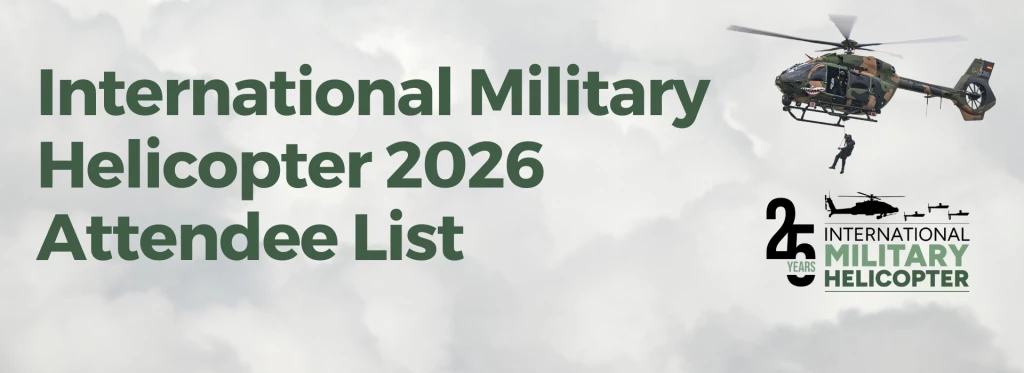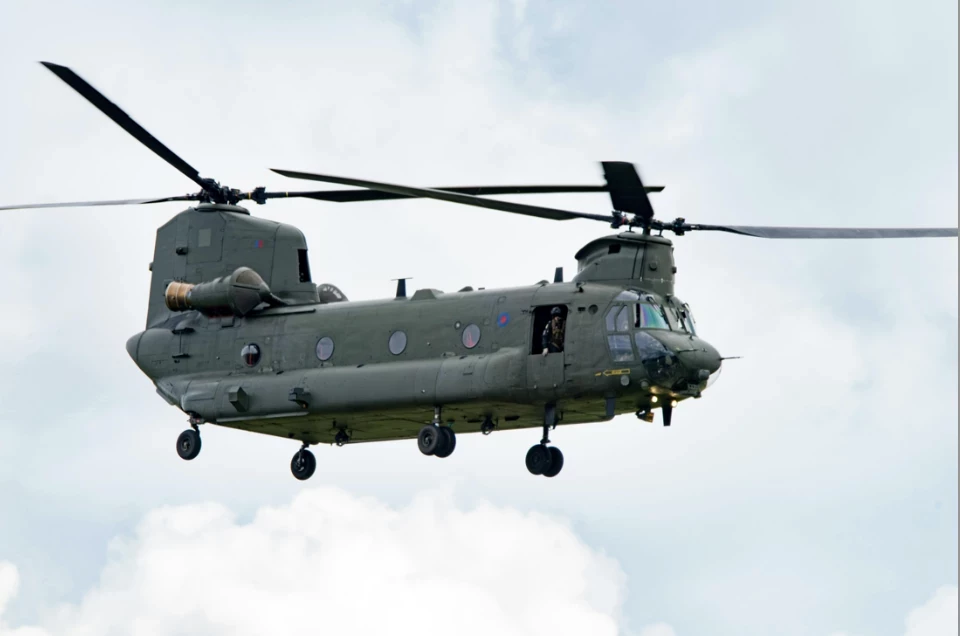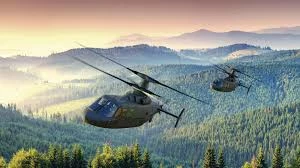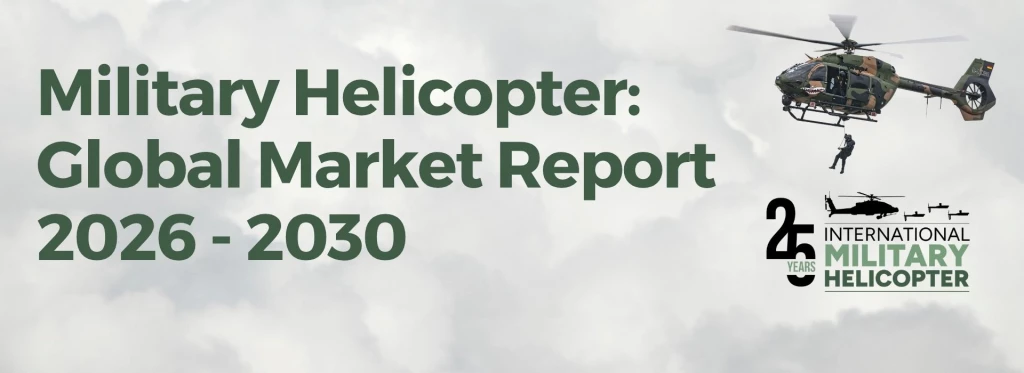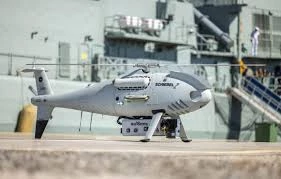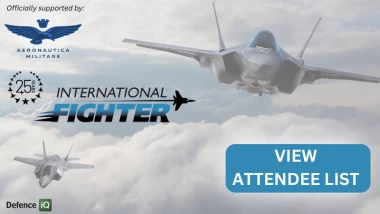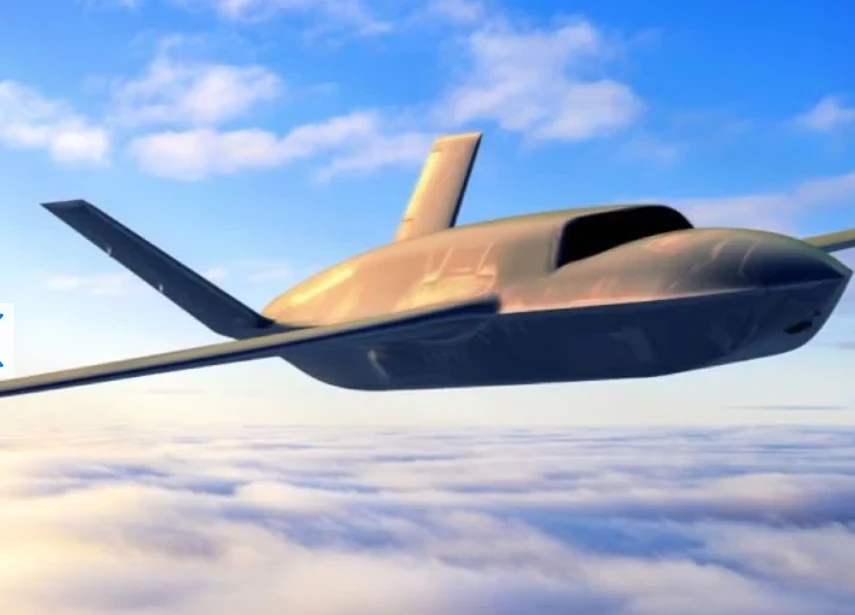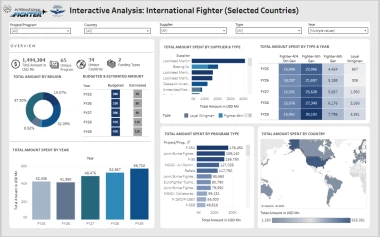Helicopter assets in Taiwan's defensive strategy [Interview]
Colonel Li-Chiang Yuan tells Defence IQ how new rotary acquisitions are playing a key role in Taiwan's anti-amphibious landing strategy
Add bookmarkTaiwan's defensive strategy against a Chinese invasion
Colonel Li-Chiang Yuan delivered a full presentation on Taiwan's defensive strategy at the Future Military helicopter Online Event.
Click here to watch the full session
Taiwan's military strategy and durability remain focused on the threat of the PRC, as Beijing still maintains that the use of force against Taiwan is well within the realms of possibility. In fact, during the first week of 2019, President Xi Jinping announced in a speech that Beijing will use force if necessary to prevent Taiwan's independence.
Taiwanese forces on exercise. Source: Shutterstock
Republic of China (Taiwan) seeks a peaceful solution, however, Taiwan has to be prepared in case of invasion. Right now, Taiwan maintains a modern array of military assets, including anti–amphibious assault capabilities, with various indigenous missile systems, fighters, naval forces, radars, and also rotary-wing capabilities.
RECOMMENDED: Future military helicopters: Survivability, threats and autonomy [Interview]
Defence IQ interviewed Colonel Li-Chiang Yuan, Assistant Director, Taipei Representative Office in the UK, and speaker at International Military Helicopter 2019, on Taiwan's defensive capabilities.
Defence IQ: Thank you for joining us today. First of all, are there plans for the Taiwanese Navy to replace the ageing MD500 ASW helicopters?
Colonel Yuan: Yes. This has been considered. The MH60M is the perfect platform for our ASW needs; however, the cost of the Seahawk variant is substantial so the project has been postponed. For now. Having said that, Taiwan is also looking to establish its capabilities for indigenous submarine defence, so ASW operations are certainly a focus for the navy, but the focus is on submarines, which is likely to affect the acquisition of helicopter platforms, certainly for the next few years.
To summarise, there is no current plan to replace the MD500. At the moment we are still operating the platform, but it is showing its age. After that, when we are able to acquire a new ASW helicopter, whether it is the Seahawk or a different platform, the cost will be a major factor.
Defence IQ: Operating two types of combat helicopter is very costly. How is the army able to cope with maintenance requirements?
Colonel Yuan: In my presentation, I had a slide which showed the deployment of army rotary assets [see below]. Each brigade and training command maintains a depot, and they have great capabilities for maintaining and repairing their assets.
"When we are able to acquire a new ASW helicopter, whether it is the Seahawk or a different platform, the cost will be a major factor"
It’s certainly a challenge to maintain both the AH-1W and two battalions of Apaches, which are significantly more complex, however our army has developed a very good doctrine through the FMS and with the help of the US, providing us with very capable personnel and equipment to maintain an impressive ability to maintain and repair our helicopters.
RECOMMENDED: Bell AH-1Z Vipers and Middle East Contracts [Interview]
Defence IQ: How does the Air Force handle the retired, but still usable, S70C?
Colonel Yuan: We have 19 S70Cs. currently; only 3 of them are being used by the Air Force. While the rest are still flyable and usable, they have had their use suspended. We are not planning to give them or away or sell them, the plan is to suspend them for now.
Training and simulation requirements
Defence IQ: In your presentation, you mentioned that more effective training is required. What specific challenges are you facing in this area, and are there any solutions that the Taiwan armed forces are trying to implement?
Colonel Yuan: Through the FMS, and with regards to the Apache, we always purchase personnel training. That entails sending seed pilots to the United States for training and they come back to train our own junior pilots. A few years ago, there was an unfortunate Apache crash in Northern Taiwan, perhaps due to spatial disorientation. This could mean that more training is required to deal with different scenarios and terrain types unique to Taiwan.
AH-IW Super Cobra at Hsinchu Air Base in Taiwan. Source Shutterstock
Indeed, Taiwan has a wide array of terrains and obstacles that need to be considered, such as mountainous regions, coastlines and high voltage power grids and cables, all of which can significantly affect the pilot. The solution might be to give pilots more opportunities to train in the simulators to deal with specific scenarios and weathers.
RECOMMENDED: VBS STE: The future of simulated training
The National Airborne Service Corps, which is an agency of the Ministry of Interior, operates 15 Blackhawks. The total time of training is substantially shorter in comparison to the army which is another issue to consider. More coordinated or interchangeable training between two units or ministries may be considered in the future to enhance training quality.
Data links and new technologies
Defence IQ: You also mentioned that data links are only available between the AH-64 and UH-60M. Are there plans in place at the moment to extend datalinks to other platforms?
RECOMMENDED: How the APKWS is improving the Hydra-70: BAE Systems interview
Colonel Yuan: Yes! The data links currently in use is the Link 16. This is always being upgraded and we are widely focused on ISR and data link capabilities. The Ministry of National Defence is working hard on solving the issue for data links, in fact, all sectors of the armed forces are working hard on this issue.
Defence IQ: What role is the Apache being used in, is it predominantly used to deter landing forces or are there other uses?
Colonel Yuan: Some countries, like the UK, place Apaches on landing platforms such as HMS Ocean or HMS Bulwark for various missions. For Taiwan, our national defence is purely for self-defence, so that’s right; the Apaches are mainly used in an anti-amphibious invasion capacity.
That’s’ the main focus of our Apaches, to deal with the more advanced capabilities of the PLA Army and Navy – in which they have made many advancements in their amphibious attack capabilities.
Over the previous 6 or 7 decades, China has tried to round our offshore islands but have failed. That’s why they have been very eager to improve their amphibious attack capabilities. However, the acquisition of the Apaches and the current fleet of Super Cobras are to deal with those amphibious efforts.
How long can Taiwan sustain a war?
Defence IQ: How many days of war is Taiwan able to sustain in case of an invasion from China?
RECOMMENDED: Will the Airbus H145M be Europe’s future light helicopter? Part 1
Colonel Yuan: 14 days is the current estimate. If Taiwan is attacked, through the US / Japan Mutual Defence Treaty and Taiwan’s Relations Act, the US will be viable to provide Taiwan with defensive weapons. In the 1950s we had the first and second Taiwan Strait crises and the US did support Taiwan with supplies and equipment.
"Taiwan is undergoing one of the largest weapons acquisitions with the United States, which includes 66 F-16 Vipers, 108 M1A2 Battle Tanks"
Fast forward to the third Taiwan Strait crisis in 1996, the US sent an aircraft carrier combat group to patrol the Taiwan Strait, representative of their commitment to maintaining our relationship.
There have been three Crises in the Taiwan Strait. Source Shutterstock
Defence IQ: How is Taiwan’s relationship with the US at the moment?
Colonel Yuan: Since President Tsai Ing-wen took office in 2016, US Taiwan relations have been better than ever. Several acts have been passed, such as the Taiwan Travel Act and the National Defence Authorisation Act (from the US Congress) which not only provides Taiwan with weapons, but it also helps with other priorities for Taiwan’s defence.
RECOMMENDED: Advanced Precision Kill Weapon System (APKWS): Enabling precision-guided rockets
Colonel Li-Chiang Yuan delivered a full presentation on Taiwan's defensive strategy at the Future Military helicopter Online Event.
Click here to watch the full session
At the moment, Taiwan is undergoing one of the largest weapons acquisitions with the United States, which includes 66 F-16 Vipers, 108 M1A2 Battle Tanks and various other weapons systems. The last time we were able to purchase equipment in such large quantities was in the 1990s with the Bush Administration. The current Trump administration has certainly made defensive weapon exports to Taiwan more viable and available.










